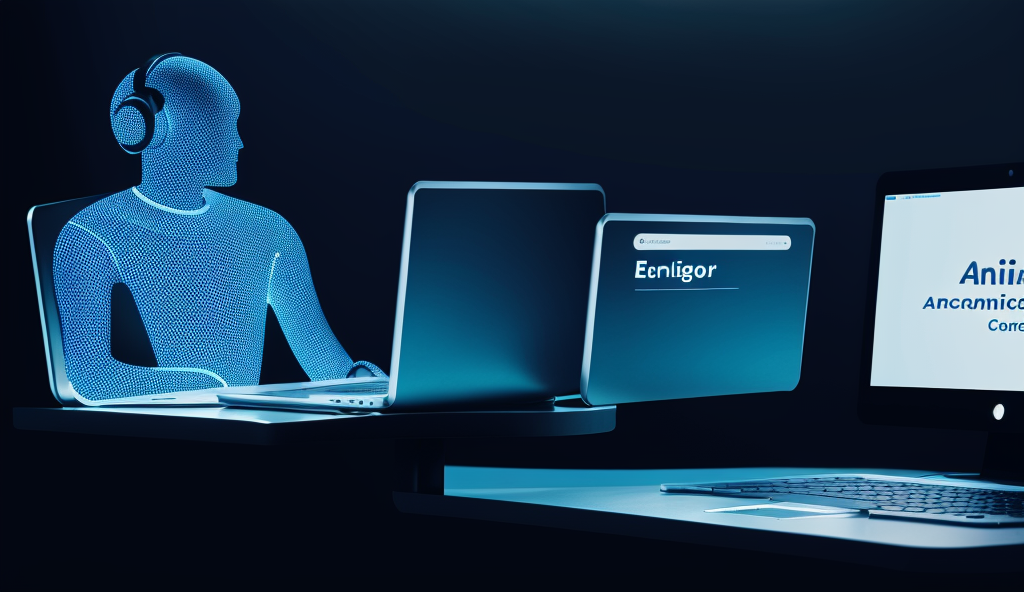In recent years, the widespread application of artificial intelligence (AI) technology in the realm of e-commerce has given rise to a new trend – AI-generated images. Focusing particularly on the generation and processing of product images, AI-generated images have become a pivotal force in reshaping the landscape of online retail. This article explores how e-commerce platforms can harness the benefits of AI-generated images while navigating the associated risks.
Advantages of AI-Generated Images
The primary advantage lies in their ability to significantly reduce the costs associated with product photography, enhance efficiency in listing products, and augment the attractiveness and conversion rates of items. Specifically:
- Cost Reduction: AI-generated images cut down expenses related to manpower, studio space, equipment, and props. According to data from a leading design studio, using AI-generated images can save up to 80% of shooting costs, with each image costing as low as 0.1 yuan compared to traditional shooting costs ranging from 0.5 to 1 yuan. Additionally, AI-generated images reduce post-production editing workload, enhancing image quality and consistency.
- Increased Efficiency: AI-generated images enable rapid generation and batch processing, significantly reducing the time required to list products. For instance, the same design studio reported a reduction in shooting time from 3 days to 3 seconds, with the ability to generate 1000 images per second compared to traditional shooting times of 3 to 7 days. Furthermore, AI-generated images automatically adjust and optimize parameters based on different scenarios, styles, angles, and backgrounds, thereby improving adaptability and diversity.
- Enhanced Attractiveness: By leveraging AI technology to analyze consumer preferences and behavior, AI-generated images produce visuals that align more closely with consumer demands, subsequently increasing the appeal and conversion rates of products. According to Alibaba’s data, products using AI-generated images experienced a 30% increase in click-through rates and a 20% increase in transaction rates. AI-generated images can also employ technologies such as virtual models and virtual anchors to create more personalized and interactive visuals, thereby increasing product differentiation and competitiveness.
In summary, the advantages of AI-generated images lie in their ability to elevate efficiency, reduce barriers and costs associated with product photography, and enhance the quality and value of products, making them a crucial herramienta for improving product display on e-commerce platforms.
Risks of AI-Generated Images
Despite their numerous advantages, AI-generated images pose certain risks and challenges, as exemplified by recent controversies surrounding the use of AI-generated model images in the fashion industry. Risks include:
- Potential Legal Issues: Unauthorized or unmarked AI-generated images may infringe on the intellectual property rights of original creators and violate consumer protection laws. Failure to provide accurate and truthful product information, as required by consumer protection laws, may lead to legal repercussions.
- Reputation Damage: AI-generated images that deviate from the actual product may erode consumer trust and satisfaction, negatively impacting the reputation and image of the business. Products using AI-generated images were reported to have a 10% increase in return rates and a 15% increase in negative reviews, indicating potential dissatisfaction among consumers.
- Controversies and Ethical Concerns: If AI-generated images involve human figures, ethical controversies may arise concerning privacy and morality. Increased comments and shares on products using AI-generated images, as observed in Alibaba’s data (40% increase in comments and 50% increase in shares), suggest heightened topicality and interactivity but may also lead to negative discussions and opinions.
In conclusion, the risks associated with AI-generated images encompass potential legal, reputational, and societal issues, necessitating adherence to relevant laws, regulations, and ethical standards to ensure image authenticity, respect for creators and individuals involved, and prevention of consumer misunderstanding and dissatisfaction.
Guiding the Development of AI-Generated Images
To leverage the benefits of AI-generated images and mitigate potential issues, e-commerce platforms should focus on three key areas:
- Regulatory Management: Establishing and refining a robust management system and review mechanism for AI-generated images is crucial to ensure compliance and quality. E-commerce platforms should formulate and adhere to usage guidelines and standards, specifying requirements related to the source, authorization, annotation, and modification of AI-generated images to prevent misuse.
- Innovative Applications: E-commerce platforms should explore and develop innovative applications of AI-generated images to enhance functionality and diversity. This includes utilizing AI-generated images for intelligent, personalized, and interactive product displays. Features like virtual try-ons, virtual styling, and virtual customization can enhance consumer experiences, boosting confidence and satisfaction.
- Value Enhancement: Optimizing and elevating the value of AI-generated images is essential for brand-building and social integration. E-commerce platforms should prioritize the quality and aesthetics of AI-generated images, creating a brand image and distinctive style. Collaboration with renowned artists, designers, and celebrities can add unique characteristics to AI-generated images, fostering appreciation and recommendations.
In conclusion, the development of AI-generated images hinges on the promotion of regulatory management, innovative applications, and value enhancement. By ensuring healthy development practices, e-commerce platforms can maximize the value of AI-generated images, improving product display effects while avoiding potential pitfalls. The hope is that AI-generated images, exemplified by iFoto AI Images, contribute convenience and enjoyment to both e-commerce platforms and consumers, making significant contributions to the industry and societal progress.


